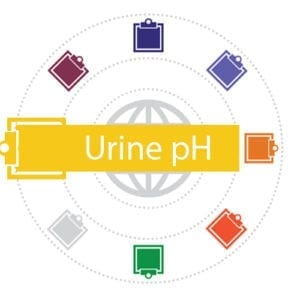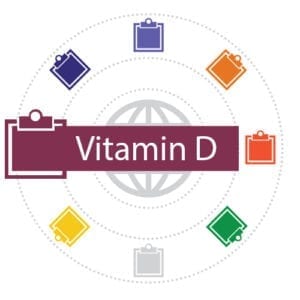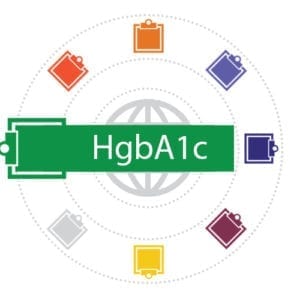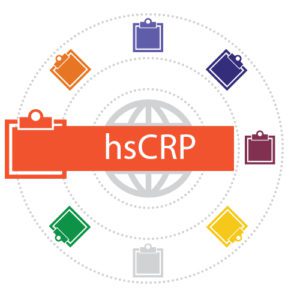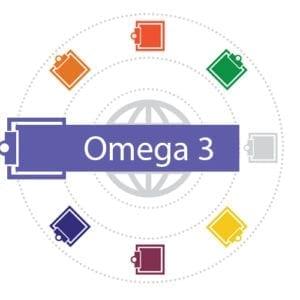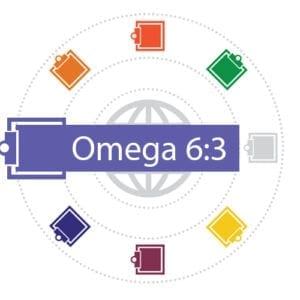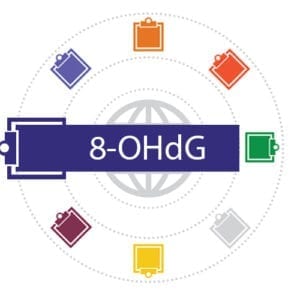Nutritional and Environmental Analysis
-
Self Assessment Tests
1st Morning Urine pH Kit
$14.00The internal environment of your body is maintained at a pH between 6.5 – 7.5, which is alkaline. For necessary cell reactions and functions to occur, our body must maintain this appropriate pH. While your body can regulate pH, there is a limit to how much it can neutralize. Excess acids can accumulate from one or more of the following conditions:
1. Acid-forming diet
2. Distress
3. Toxins (or their metabolites)
4. Immune reactions 5. Anti-oxidant sufficiency / oxidative stress.Test your pH level with this First morning pH test kit that you can complete at home. Test kit includes test strips for 15 measurements and instructions.
-
Nutritional and Environmental Analysis
Digestive Transit Time
$14.00Transit time is the interval between consumption and elimination, between food ingestion and excretion of digested waste. Transit times outside of the healthy range of 12-18 hours can interfere with proper assimilation and metabolism of nutrients, leading to chronic health conditions.
Kit includes:
- 20 charcoal capsules
- Easy to follow instructions & Interpretation guide
- Tips for achieving a healthy digestive transit time
-
Nutritional and Environmental Analysis
Vitamin D
$110.00A blood draw test measuring Vitamin D 25-OH total (D2, D3).
This test requires a blood draw. See blood draw options.
-
Nutritional and Environmental Analysis
Hemoglobin A1c
$150.00The Hemoglobin A1C test result reflects your average blood sugar level for the past two to three months. Specifically, the A1C test measures what percentage of your hemoglobin — a protein in red blood cells that carries oxygen — is coated with sugar (glycated). The higher your A1C level, the poorer your blood sugar control. And if you have previously been diagnosed with diabetes, the higher the A1C level, the higher your risk of diabetes complications.
This test requires a blood draw. See blood draw options.
-
Nutritional and Environmental Analysis
High Sensitivity C-Reactive protein
$150.00C-Reactive Protein is a sensitive indicator of acute injury, bacterial infection, or inflammation. Studies have been published linking serum CRP levels to coronary heart disease risk. The High Sensitivity C-Reactive Protein requires a blood draw.
-
Nutritional and Environmental Analysis
Homocysteine
$150.00Homocysteine is an amino acid that plays a role in destroying the lining of your artery walls, promoting the formation of blood clots, and also accelerates the buildup of scar tissue. High levels may increase the chance of heart disease and stroke, especially if you have other risk factors such as diabetes, high blood pressure, obesity, smoking, or family history.
This test requires a blood draw.
-
Nutritional and Environmental Analysis
Omega-3 Test
$160.00Most Americans do not get enough omega-3′s from their diets. There is growing evidence for an association between omega-3 levels and health conditions such as heart disease, cellular aging, dry eye, macular degeneration, dementia, depression, joint health, etc. The Omega-3 Index can be improved by simple dietary changes such as increasing your intake of EPA and DHA from either seafood or from dietary supplements.
Trans Fat Index
High levels of trans fat have been related to increased risk for heart disease. These trans fats mainly come from our diet, particularly from hydrogenated oils. By removing these foods from your diet you can modify your Tran Fat Index.
-
Nutritional and Environmental Analysis
Omega-6 to Omega-3 Ratio
$200.00Measures the ratio of omega-6 to omega-3 fatty acids in your blood. The easiest way to improve your ratio is by increasing your consumption of omega-3.
AA:EPA Ratio
The two fatty acids included in the AA:EPA ratio are arachidonic acid (AA, 20:4n-6) and eicosapentaenoic acid (EPA, 20:5n-3).
-
Nutritional and Environmental Analysis
DNA Oxidative Stress/Damage Assay (8-OHdG)
$370.00Oxidative stress is involved in many pathophysiological processes, aging and cancer. Oxidation of DNA occurs readily at the guanosine bases and thus measurement of 8-hydroxy-2’-deoxyguanosine in urine provides an assessment of ongoing oxidative damage/stress in the body. Assessment of oxidative stress is an invaluable component of preventive approaches to optimizing health and longevity.
DNA Oxidative Stress/Damage Assay (8-OHdG) requires a urine test.

